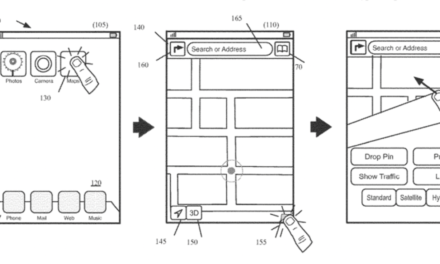The global smart home hub market is likely to post a CAGR (compound annual growth rate) of more than 5% and 4% in terms of unit shipment and revenue, respectively, during 2016-2022, according to Research and Markets (www.researchandmarkets.com).
One of the reasons for increasing sales of smart home hub in developing as well as developed countries is urbanization, notes the research group. Urbanization has led to the creation of better job opportunities for people, which, in turn, leads to the improvement in their living standards.
Increased per capita income and growth of dual-income households constitute the basis for increasing spend on smart devices worldwide. Further, the cost-effectiveness of smart home hubs offered online (often at discounted prices) is also attracting price-sensitive, new buyers in the market. In addition, improving global economic conditions will drive the growth of the market, making it attractive for vendors to launch new products, adds Research and Markets.
Increasing clutter of smart home devices in households develops the need for a central device that can help end-users to control all other connected devices. Smart home hubs come handy in these situations, thereby finding their application increasing among end-users consumers worldwide, notes Research and Markets. The increasing popularity of voice-first technology, rising investment on IoT by vendors, and growing push for digital economy in developing countries are among the other emerging trends that is going to boost the market during the forecast period, adds the research group.


